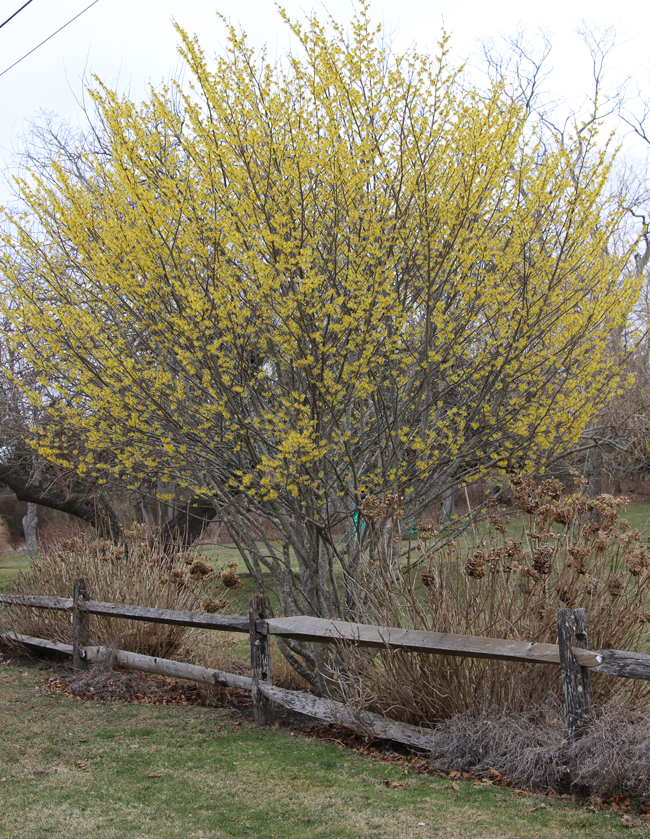

In the early 1920s, Boston’s Arnold Arboretum happened upon a cross of the two Asian species, producing hybrids now classified as Hamamelis × intermedia (Zones 5–9). Chinese witch hazel has fuzzy leaves that turn yellow in autumn, whereas the Japanese variety boasts smooth leaves that turn shades of burning red and orange. Its Japanese cousin can have yellow or reddish flowers with petals that are narrower, more spiderlike, and with a less intense perfume. The Chinese witch hazel is always some shade of yellow, broad petaled, and usually sweetly scented. japonica, Zones 5–9) follow soon thereafter. mollis, Zones 5–9) and the more delicate Japanese witch hazel ( H. In my garden, the blooms of the regal Chinese witch hazel ( H. This plant’s yellow- to-reddish flowers are usually the smallest but most profuse within the genus, with a fragrance that ranges from delicate to a bit husky. vernalis, Zones 4–8) might be blooming by Christmas in a mild winter. More shrubby and native to Missouri and Arkansas, the Ozark or vernal witch hazel ( H. The astringent witch hazel is distilled from the bark of this plant. virginiana, Zones 3–8), native to the eastern United States, presents its faintly scented yellow flowers just as the nearby hardwood trees are losing their autumn leaves. All are fragrant to some extent, though some selections are so intoxicating that they saturate the calm winter air.


Chilling requirements are variable in cultivars, and those with the shortest chill periods probably will perform better in the Deep South.Īll four major species of Hamamelis are tolerant of partial shade and valued as large shrubs or small trees that flower when few other plants are in bloom. Instead of flowering in late winter, southern plants can be delayed until spring is well underway, at which time the floral display is likely to be brief, partial, and outperformed by companion plantings. All witch hazels need a chilling period of a certain minimum number of hours below 45☏ before they will flower. Conversely, gardeners living along Zones 7b to 8b can find warm winters to be a problem. North and west of Chicago, harsh winters and alkaline soils are likely to make growing them a challenge. Hybrid witch hazels are generally hardy in USDA Hardiness Zones 5 to 7. Deer will eat witch hazels, and some cultivars may be susceptible to leaf blights and mildew.

Flower size and the duration of bloom are likely to be reduced during years with hot, dry springs.
TINY WITCH HAZEL TREE FULL
Flowering is most profuse when the trees are grown in full sun and mulched to keep the roots cool. This should be done after flowering but before summer so that flower buds for the following year can form. Selective pruning of branches can maintain a smaller size. Remember to allow them the room to reach 15 feet tall and wide after 20 years. They do not flourish in heavy, wet, and compacted soils and are subject to drought stress. Witch hazels perform best when planted in a moist but well-drained, loamy, acidic soil.


 0 kommentar(er)
0 kommentar(er)
